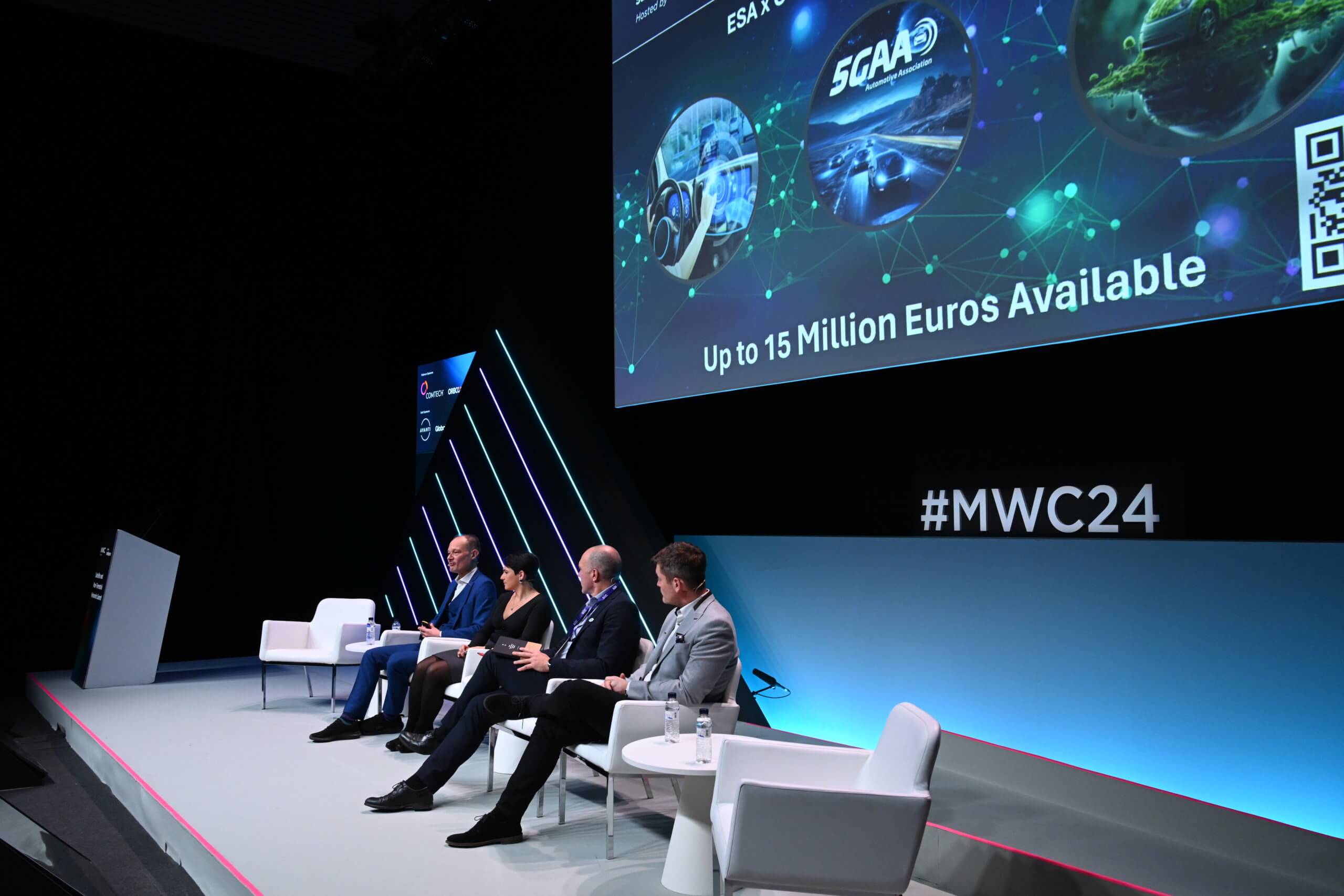The significance of non-terrestrial networks (NTN) communications in the mobile industry is undeniable. At last month’s MWC, it took centre stage at MWC, captivating industry attention as one of the most promising avenues for growth. Research firm Markets and Markets project a remarkable surge in the market size, from USD 4.2 billion in 2023 to USD 23.5 billion in 2028, representing a staggering CAGR forecast of over 40%. These strong growth projections underscore organisations’ confidence in the integration of satellite and cellular networks, which is poised to fill the missing piece of the puzzle for achieving truly global coverage. Providing connectivity for as much as 70% of the planet not covered by terrestrial communication and an estimated 6-7% of the world’s population, it’s not hard to see the value of integrating satellite with cellular connectivity.

For attendees of MWC, especially those at the NTN Summit, the pieces seem to be organically falling into place for the ecosystem. Those in attendance saw widespread agreement on the challenges they face, with broad consensus on capabilities, standards, and certification. Moreover, they observed a natural alignment of partnerships, alliances, and collaborative agreements. One of the most significant being the GSMA’s partnership with the European Space Agency (ESA), announced earlier in February this year. This partnership focuses on crucial areas such as unifying TN and NTN interworking, launching joint training programs, and expanding access to ESA’s 5G/6G labs – the latter of which were showcased via the metaverse at MWC. Additionally, the agreement includes the establishment of the Non-Terrestrial Network (TN-NTN) Community, inviting participation from the wider ecosystem to foster the development of new projects and chart a roadmap for future initiatives and activities.
The agreement is backed by substantial capital, with the announcement heralding the launch of Mobility and Open Gateway challenges, offering up to €15 million in funding opportunities. The 5G Mobility Makerspace challenge focuses on three key areas: smart antenna development, aimed at designing and implementing innovative terrestrial and non-terrestrial network (NTN) antennas tailored to the needs of connected vehicles; validation of 5G interfaces using equipment to ensure seamless integration with mobility systems; and cross-sector applicability, exploring the adaptability of NTN connectivity technologies for broader applications across various transport sectors.

On the other hand, the Open Gateway challenge addresses network integration and service management, and aims to extend the GSMA Open Gateway initiative for TN/NTN deployments, focusing on APIs for inter-NTN operators and TN-TN operators. It also involves finding vertical services use cases to demonstrate the functionality and performance of the GSMA Open Gateway for integrated TN/NTN deployments in selected vertical markets or services. Additionally, the challenge emphasises the development of sustainability metrics, including models for key value indicators (KVIs) suitable for integrated TN/NTN deployments and operations, along with tools for investigating sustainability parameters.
Overcoming these challenges are fundamental to unlocking more applications and the long-term commercial success of NTN technology. Moreover, they’ll assist the mobile industry’s pursuit of global connectivity and reaching underserved communities, which remains a paramount goal. These challenges, and the integration of cellular and satellite networks as a whole, also have significant implications for the European Space Agency (ESA) and wider space industry as a whole too. NTN technology extends ESA’s reach beyond conventional space missions, and helps facilitate their role in broader applications such as global internet coverage and emergency response communication. This aligns with its mission to advance scientific research and international cooperation, and strengthens its role in shaping the future landscape of space-based communication and connectivity. Beyond revolutionising space-based communication and connectivity, the integration of NTN with existing satellite infrastructure holds the potential to enhance communication services for space missions and astronauts, laying the groundwork for a new era in extraterrestrial communications and preparing for the circumstances in which they may be essential.
To find out more about the GSMA Foundry, please visit gsma.com/foundry.

